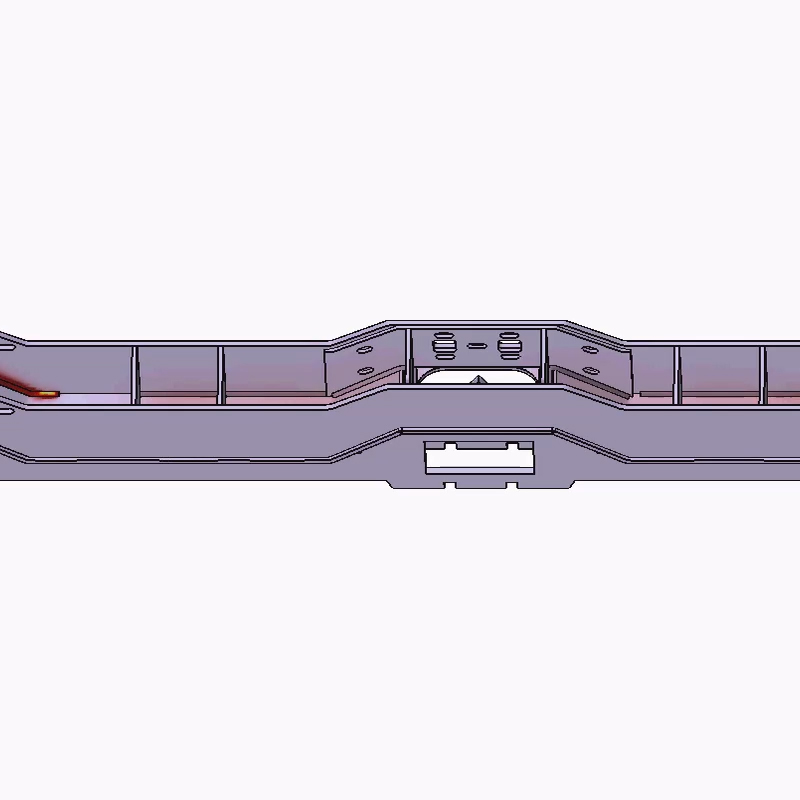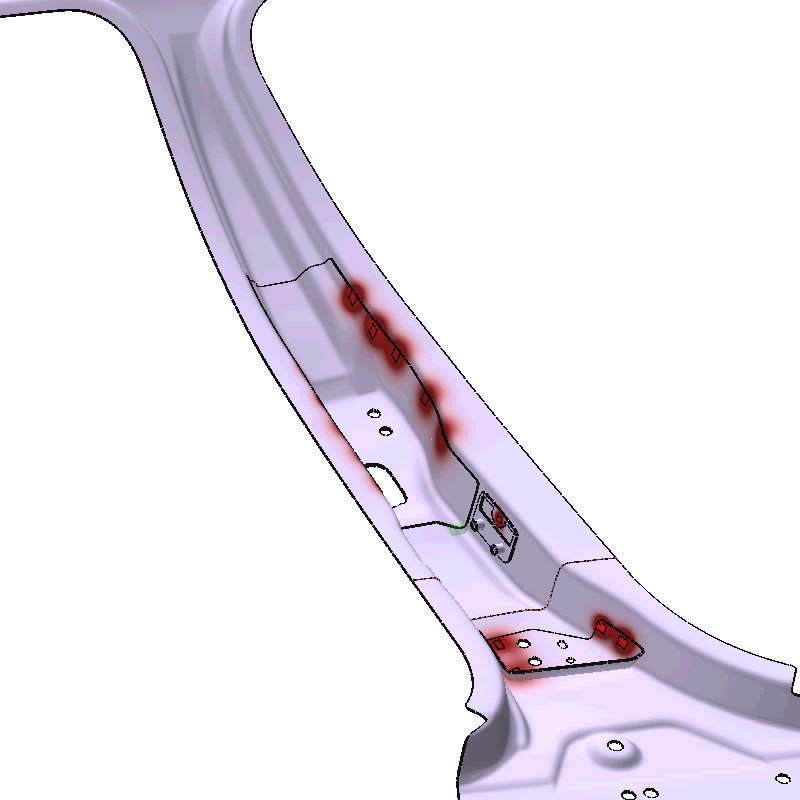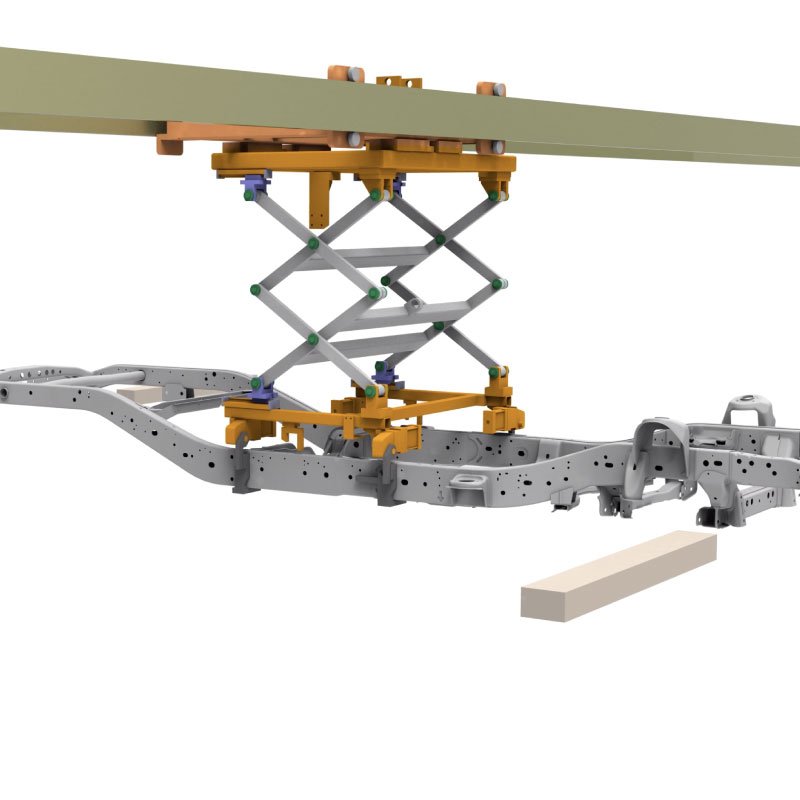Simulation of welding processes

Simulation of welding processes
The Welding Hub includes functionality for modeling and simulation of Thermal Joining processes represented by the application modules Arc welding, Laser welding, Electron Beam welding, and Brazing). These modules are completed by a Stress Relief Heat Treatment module and a Cooling and Clamping capability, which allows to vary clamping and cooling conditions previous to or after a welding process.
Request infomation
Thermal joining modules
Simufact Welding comes with 4 thermal joining modules: Arc welding module, Laser Beam welding module, Electron Beam welding module and Brazing module. All thermal joining modules are an integrated part of the Welding Hub.
In general, a thermal joining simulation contains:
- Geometry of the assembly represented by a volume mesh
- Material data of components
- Geometry of tools (clamps, tables, fixtures)
- At least one welding robot, containing information about: weld lines (position of heat sources over time including movement direction and velocity), welding parameters (mathematical representation of welding heat sources including optional information about real process settings) and If needed, fillet geometries and material
- Description of thermal initial and boundary conditions including: Information about initial temperature and temperature of surroundings and Convective, radiative and contact heat transfer
- Information about clamping tools: Applied forces, Stiffness of tools and If needed, movement direction and velocity
- Information about tables (bearings) and fixtures
- Time schedule of the process: Pauses between single weldments, Deactivation times of tools and Cooling period
Arc (conventional) welding module
The Arc Welding module provides the possibility to model and simulate common arc welding processes. The default selected heat source is a Goldak double ellipsoid.
As an option it is possible to define geometry and material properties of fillet material. In many cases the geometry of fillets can be defined using internal fillet generator. The material of fillets is modeled in the way that previous to heating they do not have any significant stiffness, so they follow the base material if the material experiences bending and distortions. After heating fillets get usual material properties, getting stiffer during cooling.
The connection between components is established by means of glue contact, being activated after the melting temperature has been achieved locally.
Laser Beam / Electron Beam welding modules
Simufact Welding's Laser Beam and Electron Beam welding modules are closely connected. Both have a usual beam heat source model applied as default, either a volumetric conical model or a circular surface model. Those to models can be combined in one heat source.
Similar to arc welding module it is possible to define geometry and material properties of fillet material in a laser beam welding process. In many cases the geometry of fillets can be defined using internal fillet generator. The material of fillets is modeled in the way that previous to heating they do not have any significant stiffness, so they follow the base material if the material experiences bending and distortions. After heating fillets get usual material properties, getting stiffer during cooling.
Electron beam welding differs in the way that no fillet definition is possible. The other feature is the definition of vacuum chamber opening time, changing convective heat transfer from zero during welding to some appropriate value during cooling.
Brazing module
The main difference between brazing and welding simulation lies in the fact that the brazing module allows limitation of heat input to soldering material only. Furthermore, it is the only simulation module requiring fillets present in each weld line. Brazing simulations can be defined using both conventional and beam heat sources, or a combination of them.
Combined Laser-Arc-Welding
The heat sources in arc and beam welding modules are preset to appropriate definition, however it is of course possible to define conventional heat sources in a beam welding simulation and vice versa. Using this option, it is possible to define hybrid processes that use both, a conventional arc and a beam welding heat source.
Portafolio






















